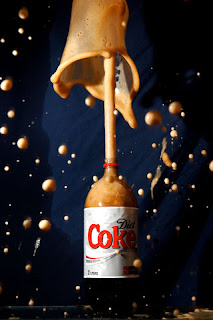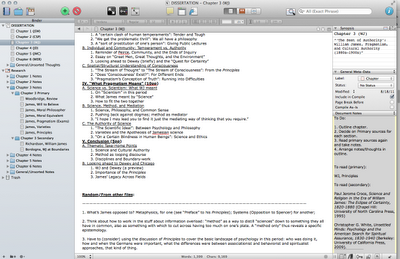Teaching Observation Skills with Mentos

ss Last year, my colleague Joe and I developed this amazing beginning of the year science observation lesson. It was so much fun and the kids loved it! What's not to love when you get to see a giant explosion? We also teach the children how to observe, how to record in their new science journal, variable /constants and how to plan their very first experiment for the year! This year we will start off again...with a blast! I am offering this unit for FREE for 5 days. Then I will be charging $5 per purchase. If you are at all curious...I suggest you download it now! http://www.teacherspayteachers.com/Product/Kicking-Off-the-Year-with-a-Mentos-Investigation Feedback is very much appreciated... Gotta Run!













